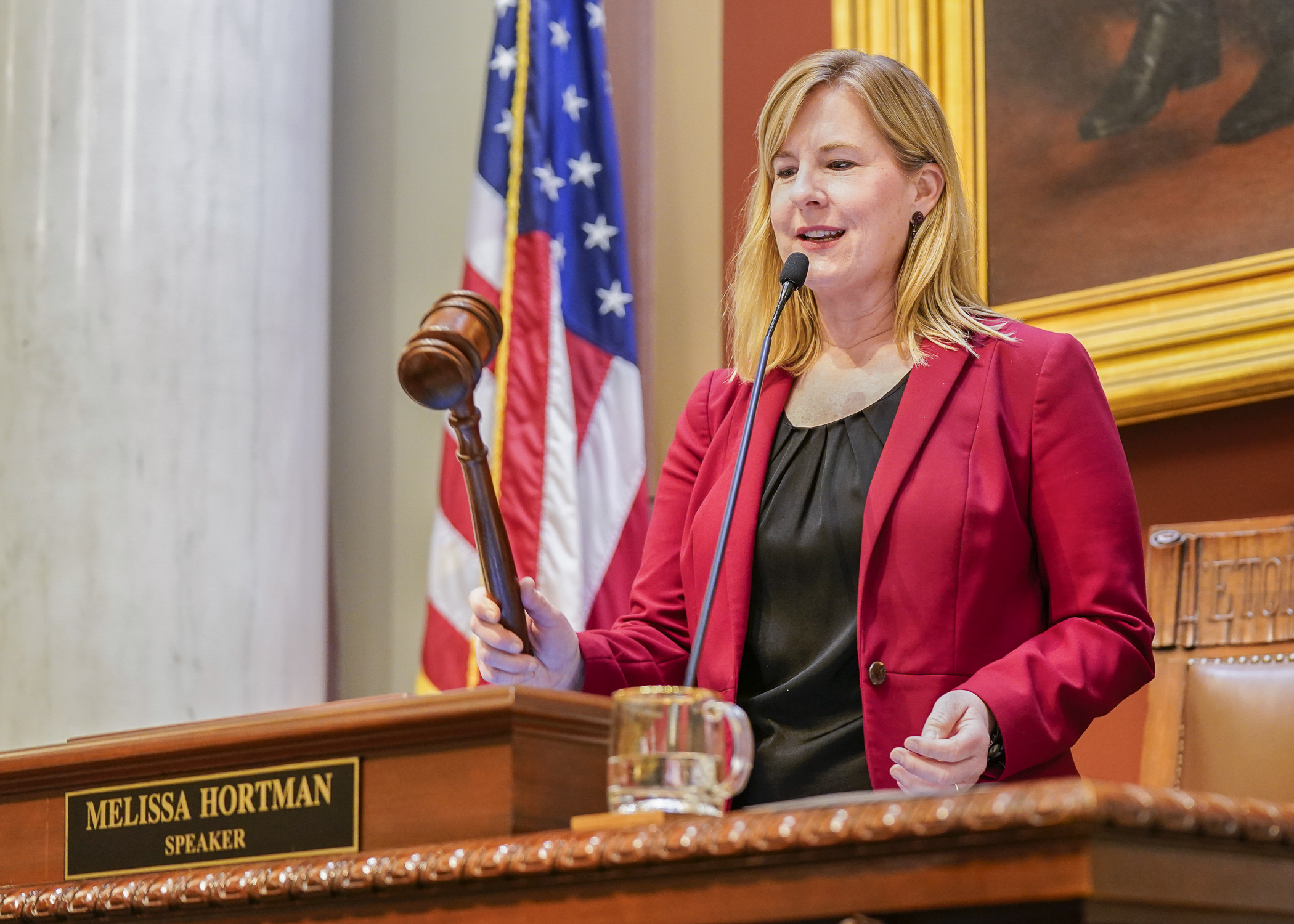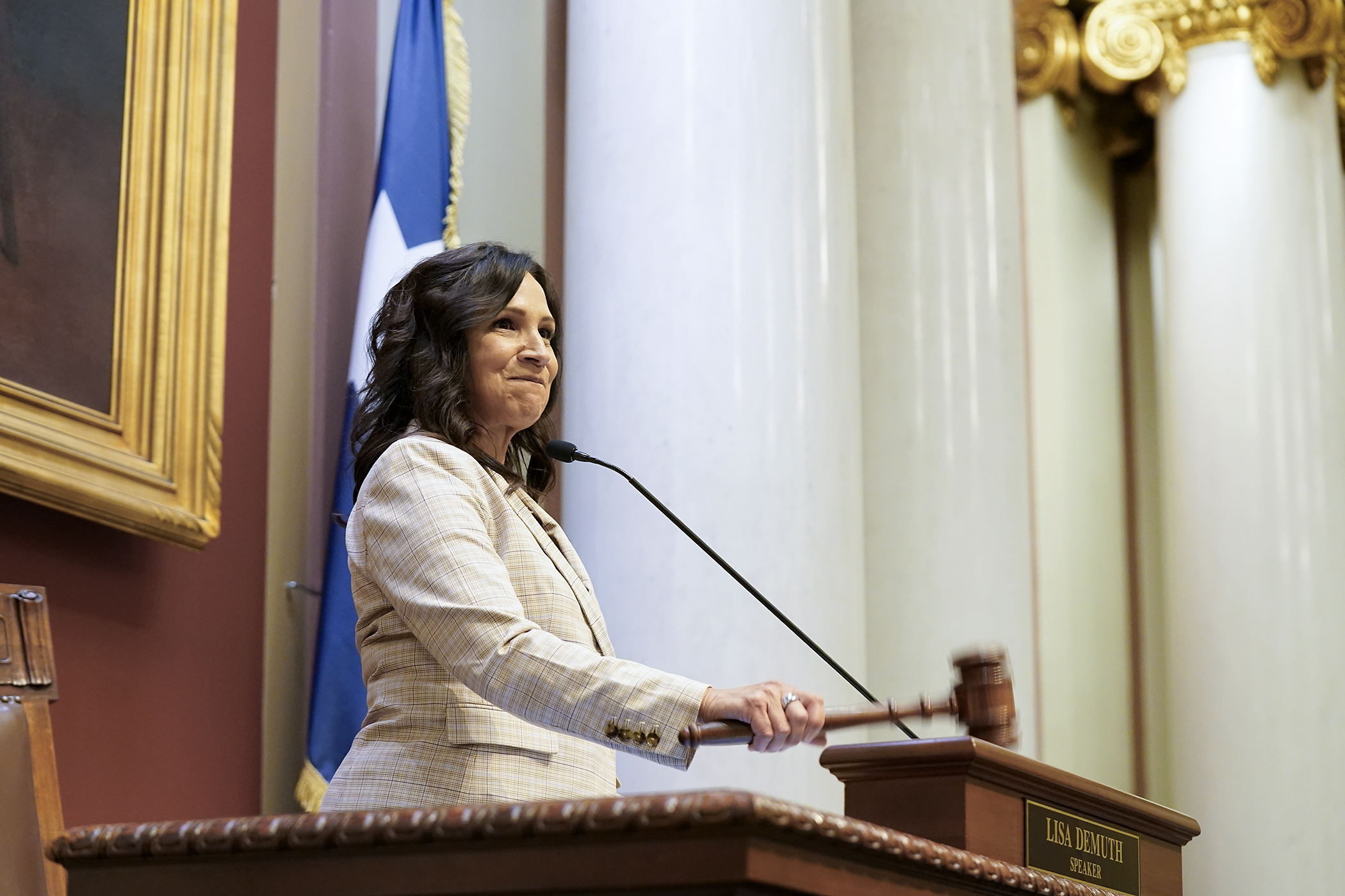Tax committee considers expanded renter's credit
New and improved!
You’ll see such claims in the grocery aisles all the time, but, in the case of Minnesota’s “renter’s credit,” Rep. Liz Lee (DFL-St. Paul) knows that it’s new, but would like to see it improved.
If you pay rent on your domicile and haven’t filed your income tax returns yet, you should know that folks like you are now eligible for a property tax return when they file their income taxes.
Beginning with tax year 2024 (the one for which you’re currently filing), renters with federal adjusted gross income of less than $77,570 are eligible for a refundable income tax credit, with maximum credit amounts varying by income level.
But Lee believes that income level to be too low. So she sponsors HF2499, which would expand the eligible income range from $77,570 up to $143,140, beginning with tax year 2025. The proposal would also increase maximum credits for all currently eligible filers.
The House Taxes Committee laid the bill over Wednesday for possible omnibus bill inclusion.
“House File 2499 would increase the renter’s credit to achieve parity with the homestead property tax refund,” Lee said. “If we were to bring it up to where the homestead credit is, it would nearly double the cutoff for income claimants. It would also increase the maximum credit to $3,500, just like the homestead credit.”
The Revenue Department estimates that about 37,000 filers at the maximum credit would receive an average increase in their state refund of $535, totaling about $20 million in this, the credit’s first year on the books as a spring thing claimed on your income taxes.
The department also estimates that increasing the household income range to $143,140 for tax year 2025 would result in an estimated 80,000 additional renters becoming eligible and receiving an income tax credit beginning in fiscal year 2026. The credit amounts for newly eligible renters would total about $48 million in the first year.
That would add up to a decrease in the General Fund of $68 million in fiscal year 2026, with that number increasing to $70.2 million in fiscal year 2027.
“The revenue note also tells us that this is probably not a bill that we can pay for in the current year,” Lee said. “But it’s important for us to ask ourselves how we can close this inequity between homeowners and renters. … This credit is very important to our low-income residents, especially seniors and those with disabilities.”
“I think that we, from a public policy standpoint, should be trying to encourage people to buy homes,” said Rep. Patti Anderson (R-Dellwood). “So, if anything, I would do the opposite. I would increase the credit for the homestead for lower-income families.”
The committee’s co-chair, Rep. Aisha Gomez (DFL-Mpls), replied that Minnesota already has one of the country’s highest homeownership rates. “But we also have one of the deepest disparities, especially between Black people and Native people and white people in homeownership rates.”
Related Articles
Search Session Daily
Advanced Search OptionsPriority Dailies
Speaker Emerita Melissa Hortman, husband killed in attack
By HPIS Staff House Speaker Emerita Melissa Hortman (DFL-Brooklyn Park) and her husband, Mark, were fatally shot in their home early Saturday morning.
Gov. Tim Walz announced the news dur...
House Speaker Emerita Melissa Hortman (DFL-Brooklyn Park) and her husband, Mark, were fatally shot in their home early Saturday morning.
Gov. Tim Walz announced the news dur...
Lawmakers deliver budget bills to governor's desk in one-day special session
By Mike Cook About that talk of needing all 21 hours left in a legislative day to complete a special session?
House members were more than up to the challenge Monday. Beginning at 10 a.m...
About that talk of needing all 21 hours left in a legislative day to complete a special session?
House members were more than up to the challenge Monday. Beginning at 10 a.m...